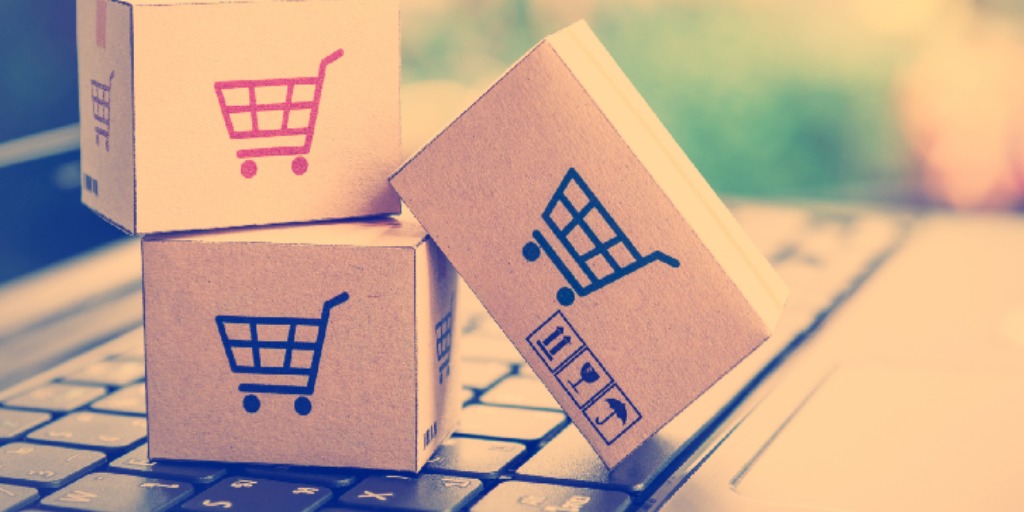Key performance indicators – or KPIs – are what make the business world go round. Any business owner worth their salt will set regular annual, bi-annual or quarterly KPIs in a bid to improve their functionality, attract a larger customer base and ultimately, increase their turnover.
Rather than simply drafting a wish list of positive changes you’d like to make, setting quantifiable (but realistic) KPIs for your ecommerce business is an effective practice, as it will give you a clear indication of whether or not you are achieving your goals. If you reach a specific target, you can celebrate your success.
On the other hand, if you fall short of the mark, you will be able to clearly identify which area needs work and adjust your approach accordingly. Your KPIs should also have a direct knock-on effect on your profit margin. This should be your overarching aim with the KPIs you set.
When it comes to ecommerce businesses, there is a specific set of KPIs that should be continuously tracked to ensure all the above objectives are met. Some are common for retailers in general, some are unique to ecommerce platforms, but all are equally as important to the success of your business.
Cross-check your targets for the quarter ahead with these five most important ecommerce KPIs you should be tracking.
5 Ecommerce KPIs You Should Be Tracking

1. Customer Lifetime Value
As an indicator that reflects information such as your average order value and rate of return customers, the Customer Lifetime Value (CLV) is arguably the top KPI you need to be aware of. It showcases both how much an individual customer will spend with your ecommerce business over time, as well as how long their relationship with your brand lasts.
In spite of its status as an ecommerce metric of success, a recent study found that just 34 percent of those surveyed were aware of the term’s meaning and importance. There are a number of formulas that can be used to determine the figure, so it is important to find one that works for you and stick to it to ensure consistency.
In order to nurture the retailer/customer relationship and increase your annual CLV, you should continuously work to improve user experience and invest in promotional channels that best serve the maintenance of existing customer relations, along with the development of new ones.
2. Conversion rate
Along with CLV, your conversion rate is also up there as one of the most important indicators to measure. It will paint a clear picture of how successful your business is in real terms, rather than blinding you with how many clicks your website received in any given day, which is unfortunately irrelevant when it comes down to brass tax.
The conversion rate can be measured by calculating the percentage of visitors to your ecommerce site that convert from browsers to customers, subscribers or otherwise. Essentially, it incorporates anyone who engages with your brand beyond a website click. It takes a simple equation to keep tabs on this rate; simply divide the number of conversions by the number of total visitors to your site and multiply this figure by 100. If you’re happy with the number, it’s likely your other KPIs are on point. If not, it’s time to readdress that list.

3. Cost per acquisition
Cost per acquisition (CPA) is another fundamental KPI for most ecommerce retailers, particularly those that adopt an omni-channel selling approach. It is a critical indicator of your company’s financial prosperity, as it will tell you how much you are paying for the pleasure of your shoppers’ custom. It relates to your brand’s sales and marketing activity, whether a social media campaign, website blog post or print advertising, that pulls a website visitor over the line and converts them into a buyer, account creator or subscriber.
This can be calculated by activating paid-for promotion over a specific timeframe and measuring the cost of this activity against the number of new customers you acquired during this period. The final figure will showcase whether or not your marketing costs – or perhaps approach – need to be altered to validate the return on investment.
4. Cart Abandonment Rate
You can learn a lot from what you’re doing right or wrong with your ecommerce business by studying the Cart Abandonment Rate. By decreasing this rate, you increase your revenue, so it goes without saying that this is one KPI to pay attention to. Two factors that can sway a shopper to either run for the hills or follow through with a purchase are the presence of a free returns policy and a swift turnaround time for delivery.
In fact, 40-45 percent of online shoppers in Ireland cite these as crucial make-or-break factors. Other offerings such as low-cost or free shipping, worldwide shipping, efficient order tracking and high-quality packaging are equally as enticing. By outsourcing your order fulfilment to a reputable company such as ParcelPlanet, you are providing a streamlined service from start to finish and incentivising your customers not only to purchase what is in their cart, but also to return for more.

5. Customer Retention Rate
On that note, it’s time to talk about Customer Retention Rate, another bigwig in the world of ecommerce KPIs. Much like a brick-and-mortar store, ecommerce businesses benefit from providing their customers with a high-quality experience, from attractive products and a user-friendly site to efficient customer service and superior order fulfilment.
For example, a UK report based on shoppers’ habits in relation to the fashion industry found that poor customer service and stocking off-season clothing were the biggest influencers in shoppers deciding to look elsewhere. So in fact, a healthy Customer Retention Rate is essential to business success.
You can measure this rate with a simple formula and by updating your calculations at regular intervals, you can appropriately address any positive or negative fluctuations. As an ecommerce KPI, Customer Retention Rate is undoubtedly one of the most essential and beneficial markers of business success – and one that should be frequently monitored.



